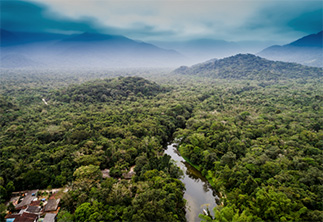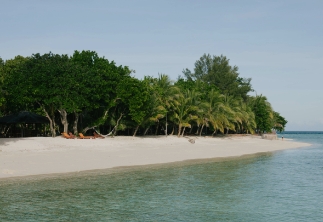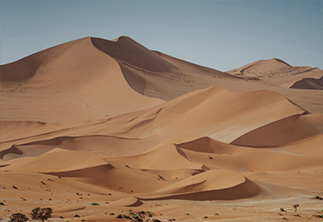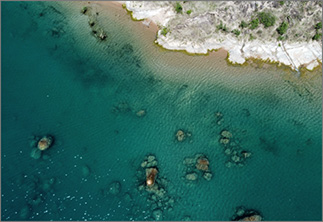Green Mineral Profile
South Africa
Overview
Overview
South Africa boasts ore reserves exceeding US$2.5 trillion, with 16 commodities ranking in the top 10 globally. It leads in reserves of Platinum-group metals (PGMs), Manganese, Chromite, and holds significant shares in other minerals like Titanium, Zirconium, and Vanadium.
Despite this, the mining sector faces challenges, with gold production dwindling and job losses escalating. The decline is attributed to rising costs and a lack of investment in research and technology. To revitalize the industry and capitalize on downstream opportunities, South Africa must prioritize technological advancements to enable deeper, cost-effective mining. This requires collaborative efforts between various stakeholders to drive innovation and competitiveness in the sector.

Key green minerals
- South Africa was the largest producer of manganese in 2021. It has manganese reserves amounting to 640,000 tons (38% of the global total).
- South Africa accounted for 36% of global manganese production in 2021, with a total production of 7,200 metric tons.
- While Manganese is the major critical mineral in South Africa, the country is also responsible for producing large amounts of rare earth minerals and nickel.
- South Africa has rare earth mineral reserves amounting to 790,000 metric tons, which constitutes 1% of the world share.
reserves
(640,000 tons)
production
(7,200 tons)
reserves
(790,000 tons)
production
(Unknown tons)

Major mining
projects
Approximately 80% of the world’s known manganese resources are contained in the Kalahari manganese field in South Africa. Australian firm, Jupiter Mines, operates the Tshipi Borwa open pit mine, which is located on a large and homogenous ore body in the southern portion of the Kalahari manganese field. Jupiter Mines Limited has an interest of 49.9% share in Tshipi e Ntle Manganese Mining Limited which operates the mine. The other 50.1% is owned by Ntsimbintle Mining Limited.
South32 operates the open pit manganese Mamatwan mine which is located approximately 25 kilometres south of Hotazel in the Northern Cape province. South32 owns 44.4%, whereas the remaining ownership is divided between Anglo American Plc. (29.6%) and Black Economic Empowerment entities (26%).
Mogalakwena mine is a surface mine located in Limpopo. It is owned by Anglo American Plc and produced an estimated 15,449 tons of nickel in 2021.
Nkomati mine is a surface mine located in Mpumalanga. It is owned by African Rainbow Minerals and produced an estimated 8,016 tons of nickel in 2021.
Union Mine is located in Limpopo. It is owned by Siyanda Resources and produced an estimated 4,600 tons of nickel in 2021.
Impala mine is an underground mine located in the North- West. It is owned by Impala Platinum Holdings and produced 3,945 tons of nickel in 2021.
Thembalani Mine is a surface and underground mine located in the North West. It is owned by Sibanye Stillwater and produced an estimated 3,858 tons of nickel in 2021.
Steenkrampskraal Mine, which is the world’s highest-grade rare earth elements mine, is located in the West Cape Province of South Africa. The underground mine is owned by Steenkampskraal Monazite Mine (SMM). In June 2010, SMM was awarded a mining right by the South African government to conduct mining at the Steenkampskraal site for 20 years.
The Blesberg Project situated in the Northern Cape province has substantial lithium, ranging between 250,000 and 400,000 tons.
Processing capacity and value addition
Processing capacity and value addition
South Africa’s manganese producers typically process a portion of manganese ore into ferromanganese before exporting it to steel manufacturers. Some projects, like the Manganese Metal Company’s precursor project, focus on battery-grade materials for lithium-ion batteries. Similarly, African nickel production is poised to rise, especially in South Africa and Tanzania, with South Africa mining nickel as a by-product of platinum-group metals. The Thakadu Nickel Sulphate Project, part of South Africa’s Black Industrialists Programme, aims to produce battery-grade nickel sulphate, benefiting from the increased demand for batteries.
South Africa is also developing its lithium-ion battery manufacturing capacity, despite limited exploration for lithium. The South African Renewable Energy Masterplan (SAREM) aims to make the country a significant producer of renewable energy inputs. Local businesses are investing in assembling and manufacturing lithium-ion battery packs, and the Mega Million Energy Company proposes a new manufacturing plant. The Department of Science and Innovation has established a consortium for developing cell components, with various organizations involved in battery technology development.
South Africa’s aluminium value chain, starting with primary aluminium production at South32’s Hillside smelter, remains a critical industrial sector, contributing significantly to GDP and employment.
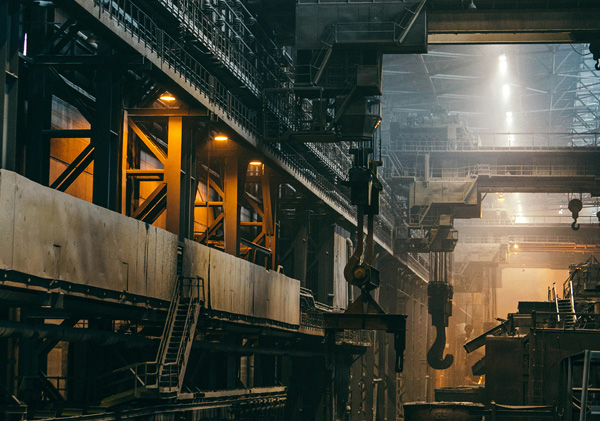
More countries to explore
Thank you for your message!
Your message has been sent. Our aim is to get back to you within a few business days. If you have any questions, please feel free to contact us on AMDC@africa-union.org.
Exception occurred
Feedback
Please use this form to send feedback on this page (see our privacy policy and cookie policy). Please note that we may take a few days or weeks to respond.
